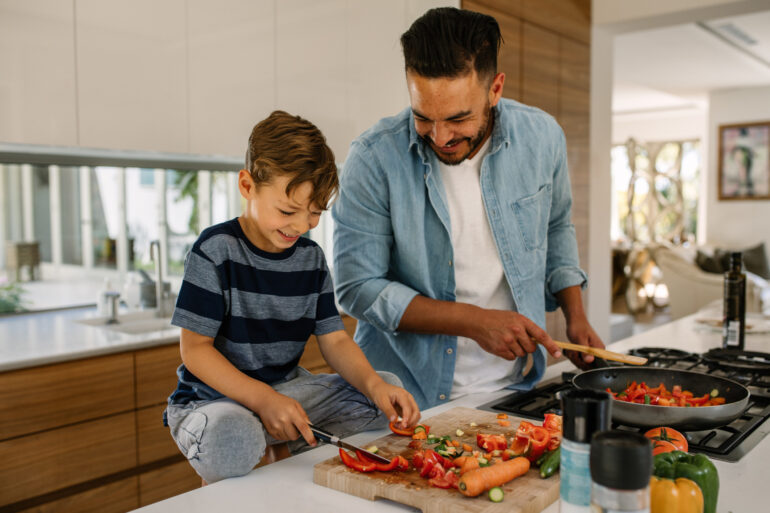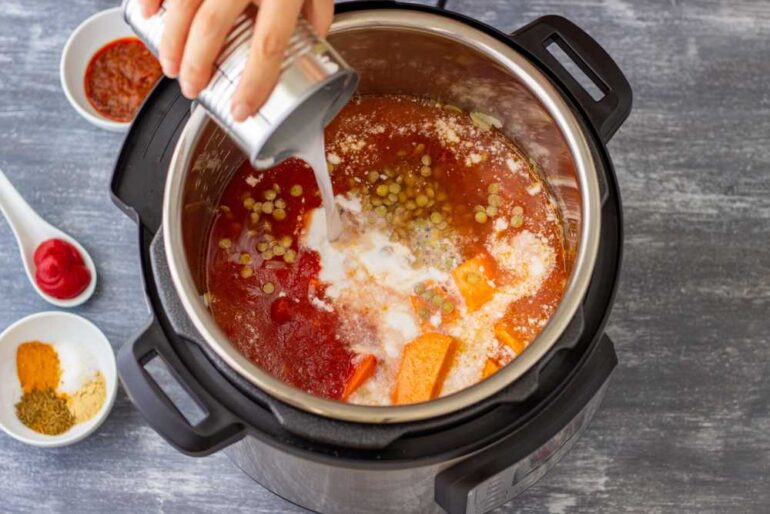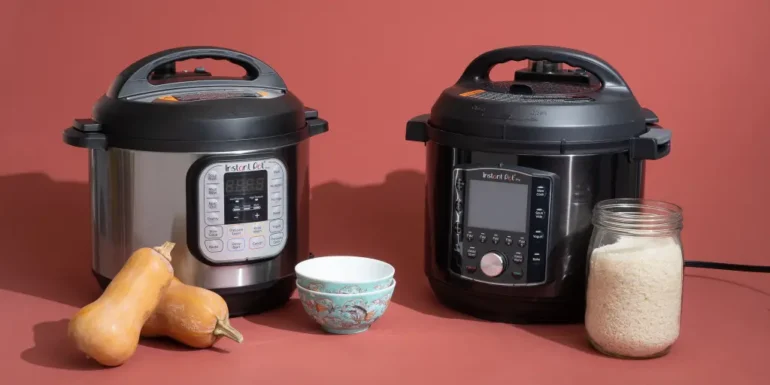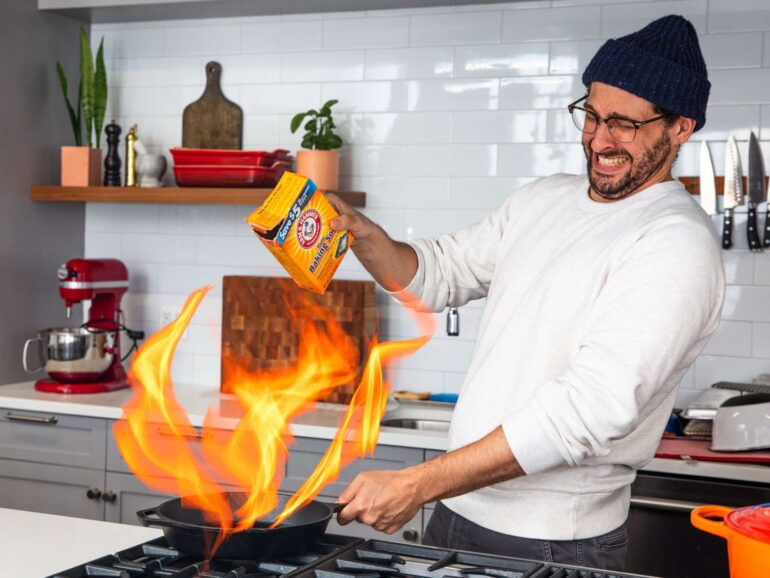If pressure cookers only spewed marinara sauce on the ceiling, there would be nothing significant to worry about. However, if your fear of pressure cookers is associated with the strange fact of how an enclosed pot can hold in intense pressure, then it is quite legit.
Yes, contemporary pressure cookers come equipped with a ton of safety features to facilitate stress-free cooking. But that is only one half of the equation; you also need to take certain steps to ensure the food is cooked safely.
This article talks about safety tips to follow while using a pressure cooker for meal preparation.
1. Run an Equipment Check before Cooking

It is best to run a thorough check of your pressure cooker before using it every time. The most important aspect to take care of would be the rubber gasket or seal lining the inside of the lid.
Ensure the gasket is not cracked or has dried food stuck onto it. The rubber gasket is responsible for sealing the pressure inside. Any breaks will release extra pressure. This will not only allow steam to escape but may put you in a vulnerable position to injuries.
Ideally, replace the gasket once a year. You can even purchase one in advance just in case you discover the seal wearing out before meal preparation.
2. Fill in Sufficient Liquid
A pressure cooker creates steam with the help of water poured inside it. So another safety tip is to fill the cooker with adequate water. If you do not fill the cooker sufficiently, it will fail to generate the required pressure for the food to cook.
Moreover, the cooker’s floor may get burnt if all the water is prematurely converted into steam. Use your cooker’s instructions manual as a guide. If you feel enough pressure is not being created, allow the previous pressure to release completely before opening the lid and adding more water.
3. Never Overfill the Cooker

Some people tend to stack food containers up to the cooker’s roof. This can block the food vents and prevent pressure from releasing safely. This is why you should fill your cooker up to two-thirds with food.
In the case of food items that swell up on cooking (such as grains and beans), fill only half the cooker. In any case, never overfill!
4. Release the Pressure Safely
There are essentially three ways through which you can release the cooker’s pressure. One is to allow the steam to escape naturally, while the second is to pour cold water onto the lid, and the third is to pull the cooker’s steam release valve to quickly de-pressurize it.
If you’re choosing the quick pressure release method, ensure you keep your hands and face away from the steam vent. Even for the other two methods, open the lid and keep the pan away from your body, as hot condensation might drip.
5. Avoid “Pressure-Frying”
Yes, there are people who do this and get away with it, but it’s only a matter of when and not if the damage occurs. This is because pressure cookers are not designed for frying.
Most pressure cookers can reach temperatures up to 250 degrees Fahrenheit. However, hot oil can exceed this temperature by a good 50 degrees! When this happens, your cooker’s gasket and other parts may start melting.
Not a very good idea unless you want your food to taste like rubber.
6. Be Extra Careful with Foods That Tend to Froth
Do you frequently prepare recipes that include cranberries, oatmeal, split peas, and rhubarbs in your pressure cooker? Then, be extra careful because these foods tend to froth during the cooking process.
The frothing can block the cooker’s pressure-release valves and vents, leaving it vulnerable to an explosion. Always follow a trusted recipe for frothy foods and fill the pressure cooker under its maximum prescribed limit to stay safe.
7. Buy a Good-Quality Cooker

Is it not best to tackle a problem at its root? In this case, opt for a pressure cooker from a trusted manufacturer. Also, consider your size and weight requirements. If you purchase a cooker that’s too small, you might be tempted to overfill it. Also, buy a cooker with thicker walls as it will be more durable.
Today, you will also find cookers that come with pressure-regulating technology to reduce noise, adjust pressure, and maintain heat at the same time. Investing in a good cooker goes a long way in promoting safety.
Accidents Still Happen
Despite following the above-mentioned safety rules, unfortunate folks do become victims of pressure cooker explosions. Such explosions mainly occur due to excessive build-up in internal pressure with no way for safe release.
According to TorHoerman Law attorneys, most cooker explosion lawsuits are filed due to defects in the product, such as faulty wiring, gaskets, or release valves. Some cases also include improper seals and lack of ventilation.
These accidents can sometimes lead to second-degree burns, severe injuries, and scarring.
Safety First, Safety Always

When you’ve got mouths to feed, but you’re running short of time, a pressure-cooked meal does come in handy. Forbes has compiled an updated list of the top pressure cookers that can literally take off the pressure from cooking.
The best way to stay safe is to choose high-quality brands that do not compromise on their raw materials and manufacturing standards. Couple that with the safety tips mentioned above, and you should be able to enjoy safe cooking sessions experimenting with favorite recipes!





